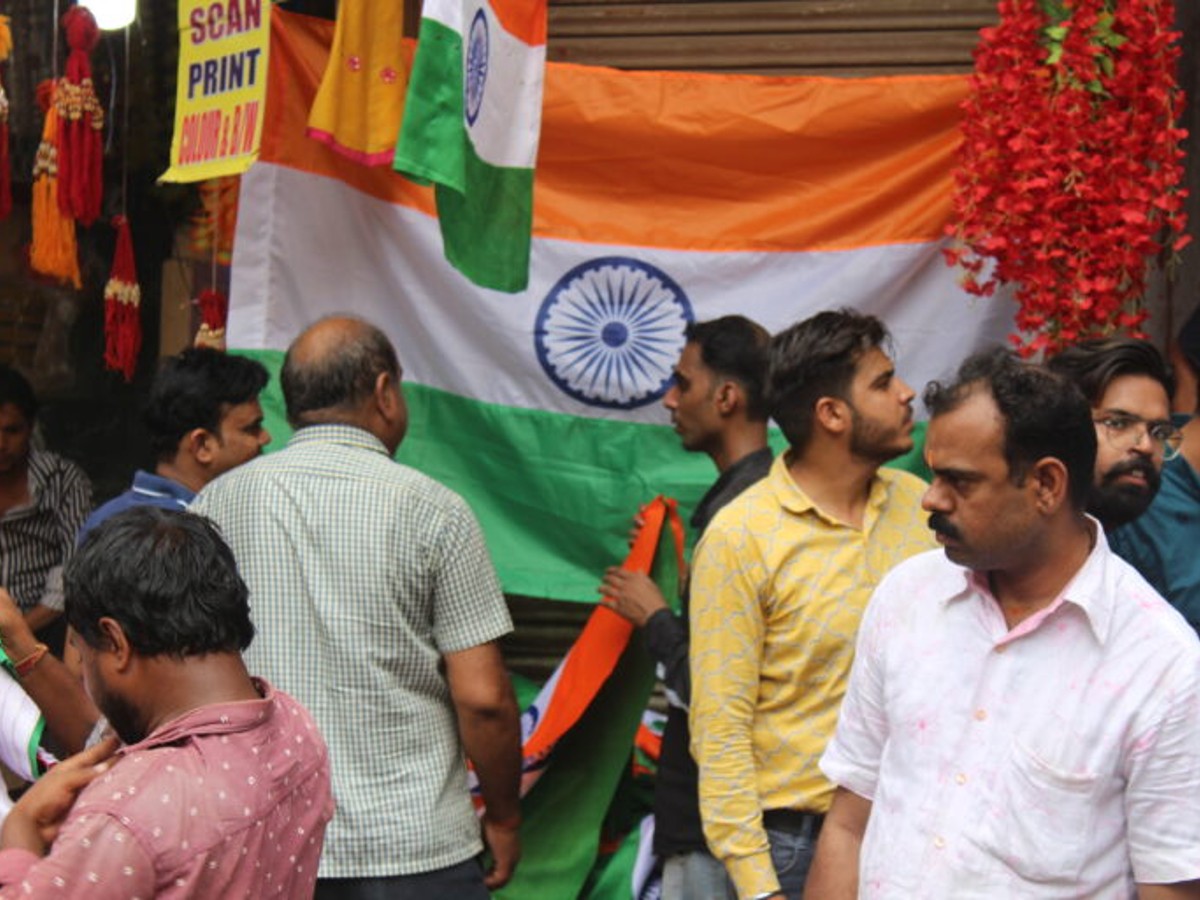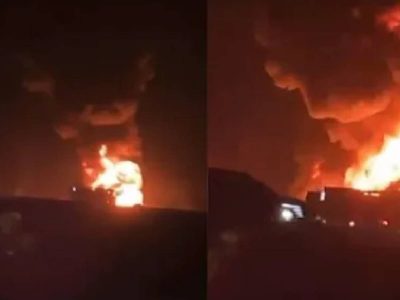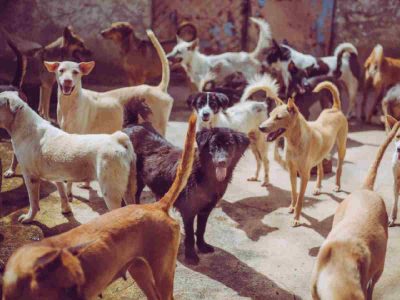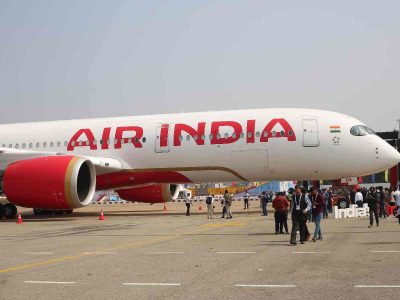While large swathe of modern India is wrapped in a jovial spirit on August 15 to mark its independence from 200 years of colonial oppression, for few regions, this sense of freedom comes twice. As the British retreated from India and handed over its rule to the Indian National Congress on August 15, 1947, several places either remained under European control or were in the cusp of uncertainty as to which side of the border will they be.
Revelry over Indian Independence Day aside, many observe the day with a sense of solemnness owing to the trauma of a bitter Partition and the bloodied loss of kin with a memory of a long-lost home. As millions in undivided Punjab and Bengal could not escape the fate of the Partition that befell on them, a good chunk of population was saved from the emotional and physical labour of displacement.
Tasked with the job of demarcation, British official Cyril Radcliffe left several areas of districts like Malda and Nadia in erstwhile East Pakistan (Bangladesh). As a result, widespread protests broke out as these areas were mostly Hindu-majority population and residents, pushed to the threshold of fresh communal strife, rejected the new map.
While certain districts in West Bengal, which was still ailing from the bloodbath, were amid a disturbing uncertainty for the errors of the Boundary Commission of the British, Chandannagar city was still under French rule. Similar to Chandannagar, far from Bengal were Puducherry and Goa that were still the colonies of the French and the Portuguese respectively.
The Bengal Confusion
When the British were hurriedly retreating from Indian subcontinent, the case was no different for deciding the map of India and Pakistan to be demarcated by Cyril Radcliffe. Hence occurred a slew of errors. Radcliffe, who never set foot in India, was given the deadline of five weeks to complete the task of drawing the line between the two countries that eventually led to the one of the worst-ever humanitarian crisis in the world. Besides, it was his errors that brought independence to these regions on August 18, instead of August 15.
While the announcement of India rising into a free country on August 15 brought spirit of Independence in most of Indians, people of border districts in West Bengal’s Malda, Nadia, Murshidabad and North 24 Parganas were thrown into panic as a broadcast on All-India Radio revealed that parts of these regions have been awarded to East Pakistan. Tensions mounted as the Muslim League hoisted the Pakistani flag and their supporters marched through the streets while residents launched protests against the decision. The royal capital of Krishnanagar was also allotted to East Pakistan the latter’s flag was hoisted at the Krishnanagar District Library.
Following this, prominent leaders from Bengal and the Nadia royals appealed to Lord Mountbatten, the last British Governor-General overseeing the transfer of power, who then asked Radcliffe to right the historical wrong.
Thus, August 18 came as the ‘Day of Inclusion’ in these towns and villages in West Bengal that were parts of East Pakistan. Today, these areas celebrated their Independence Day on two parts – one on August 15 and the other as their very own Independence Day on August 18.
Meanwhile, a city close to Kolkata, Chandannagar, still remained under French colonial rule when the country was independent. In June 1948, the French government held a plebiscite in Chandannagar and 97% residents voted to become part of India. Considering the result of the plebiscite, in May 1950, the French allowed the Indian government to assume ‘de facto’ control over Chandannagar. It was officially ceded to India on February 2, 1951. However, the ‘de jure’ transfer took place over a year later on June 9, 1952. The inhabitants were given the option to retain French nationality, like their counterparts in Pondicherry.
On October 2, 1954 Chandannagar was permanently integrated into the state of West Bengal.
Puducherry
While India gained independence from British rule on 15th August 1947, the French had control over Puducherry, but they transferred the territories under its control to India on November 01, 1954. However, the union territory legally merged with the Republic of India on 16 August 1962.
Today, Puducherry celebrates its ‘Liberation Day’ on November 01 to commemorate the transfer of territories under French rule to India in 1954. A regional public holiday is observed in the union territory of Puducherry. Public events are held and emphasis is given on the history of the referendum vote of independence. The Chief Minister of the union territory unfurls the national flag on the occasion, freedom fighters of the UT are honoured and various cultural troupes perform.
Goa
Under Portuguese control since 1510, even before the British arrived India, Goa witnessed massive revolts and uprisings during the period between 1940 to 1961 to dethrone the European powers from the state.
For 14 years after Indian independence, the Portuguese refused to accede power to the Union of India.
When a series of negotiations under India’s first Prime Minister Jawaharlal Nehru failed, India decided to launch a military intervention to unite Goa with the rest of the country. On December 18, 1961, a joint army action was launched by the Indian Army, Navy and Air Force under the tag ‘Operation Vijay’ on Portuguese soldiers, who were short of numbers and were limited to only 3,300.
The events led the deposed governor general Manuel António Vassalo-e Silva to surrender and led to the momentous occasion when the Portuguese flag in front of the Secretariat was lowered and a white flag was hoisted to indicate ceding to India at 6 pm on December 18.
On the morning of December 19,the Indian Tricolour was hoisted in front of the Secretariat by Major General Candeth.
Thus, the state observes December 19 as ‘Goa Liberation Day’ with pomp and glory, along with the celebration of Indian Independence Day on August 15.
Daman and Diu
Daman was conquered by the Portuguese in 1559. As part of the Portuguese overseas province Estado da Índia or State of India Both Daman and Diu were subject to the governor-general of Goa. They remained under Portuguese rule for more than four centuries, even after the decline of the Portuguese empire in Asia. However, its strategic significance was largely diminished.
Daman and Diu remained as outposts of Portuguese overseas territory until 1961, when they became part of India along with Goa. In 2020, Daman and Diu was combined with Dadra and Nagar Haveli union territory.
For more stories that cover the ongoings of Delhi NCR, follow us on:
Instagram: instagram.com/thepatriot_in/
Twitter: twitter.com/Patriot_Delhi
Facebook: facebook.com/Thepatriotnewsindia





